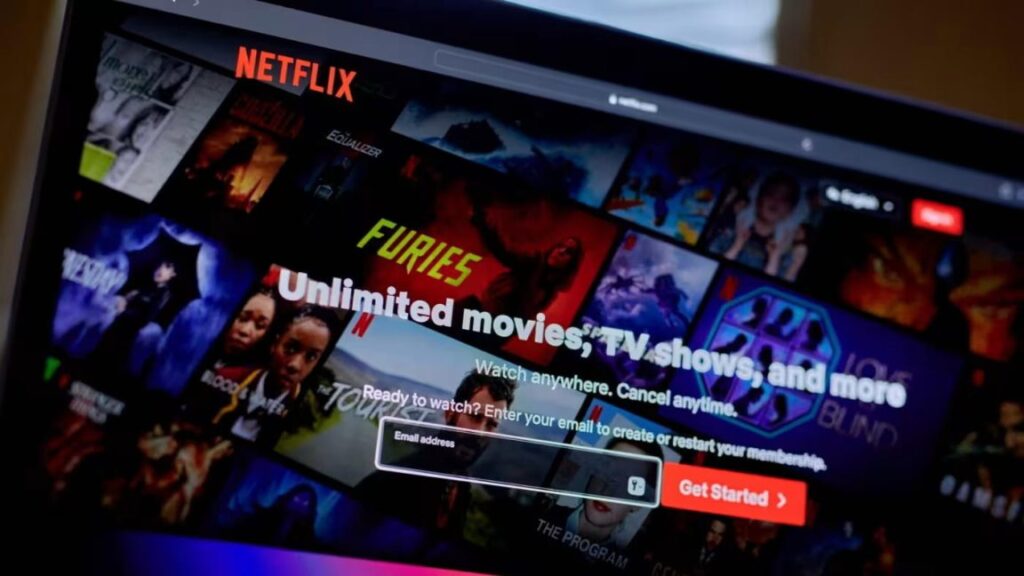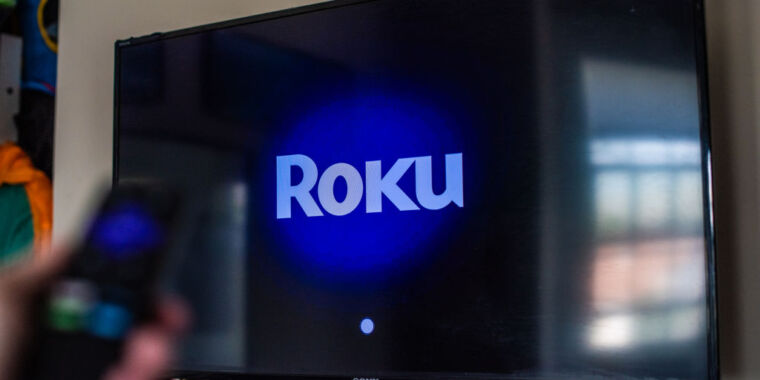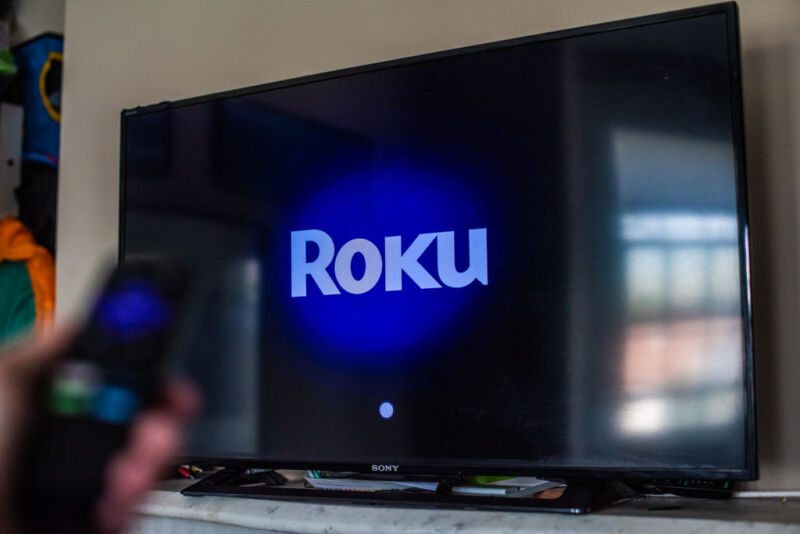Netflix quietly drops support for casting to most TVs
Have you been trying to cast Stranger Things from your phone, only to find that your TV isn’t cooperating? It’s not the TV—Netflix is to blame for this one, and it’s intentional. The streaming app has recently updated its support for Google Cast to disable the feature in most situations. You’ll need to pay for one of the company’s more expensive plans, and even then, Netflix will only cast to older TVs and streaming dongles.
The Google Cast system began appearing in apps shortly after the original Chromecast launched in 2013. Since then, Netflix users have been able to start video streams on TVs and streaming boxes from the mobile app. That was vital for streaming targets without their own remote or on-screen interface, but times change.
Today, Google has moved beyond the remote-free Chromecast experience, and most TVs have their own standalone Netflix apps. Netflix itself is also allergic to anything that would allow people to share passwords or watch in a new place. Over the last couple of weeks, Netflix updated its app to remove most casting options, mirroring a change in 2019 to kill Apple AirPlay.
The company’s support site (spotted by Android Authority) now clarifies that casting is only supported in a narrow set of circumstances. First, you need to be paying for one of the ad-free service tiers, which start at $18 per month. Those on the $8 ad-supported plan won’t have casting support.
Even then, Casting only appears for devices without a remote, like the earlier generations of Google Chromecasts, as well as some older TVs with Cast built in. For example, anyone still rocking Google’s 3rd Gen Chromecast from 2018 can cast video in Netflix, but those with the 2020 Chromecast dongle (which has a remote and a full Android OS) will have to use the TV app. Essentially, anything running Android/Google TV or a smart TV with a full Netflix app will force you to log in before you can watch anything.
Netflix quietly drops support for casting to most TVs Read More »







